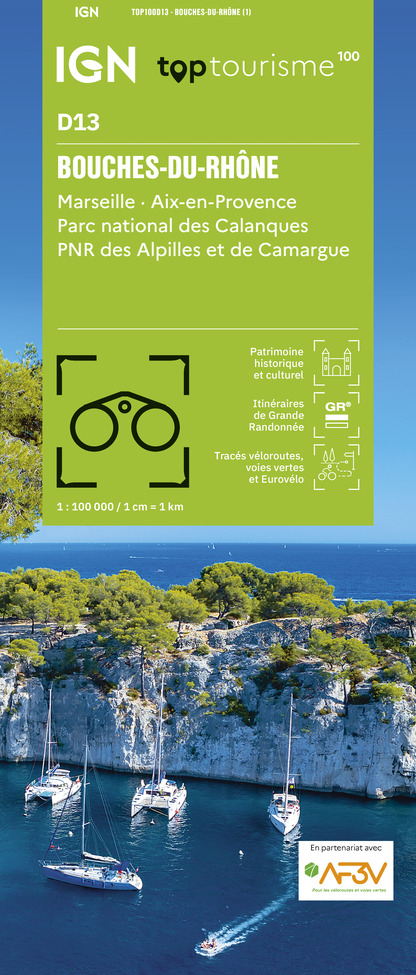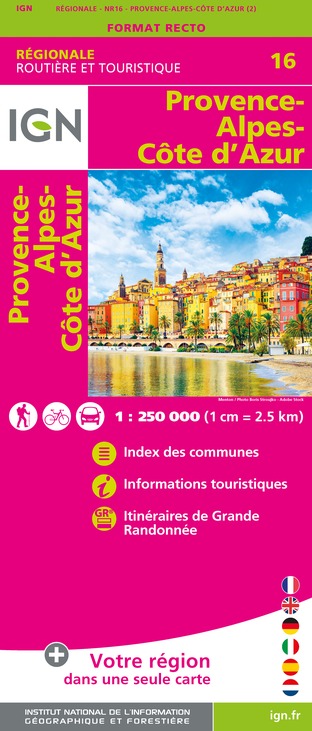Tours
Activities
Places of interest
Where to eat
Where to sleep
Explore Cadolive, Bouches-du-Rhône, Provence-Alpes-Côte d'Azur
Are you in charge of the destination?Nestled among the picturesque mountains of Provence-Alpes-Côte d’Azur, Cadolive, Bouches-du-Rhône, is a hidden gem for nature and culture enthusiasts. With breathtaking landscapes and captivating hiking trails, this charming town is the perfect gateway to explore the surrounding wonders. Outdoor lovers will enjoy the nearby Garlaban massif, offering unparalleled panoramas and hiking paths for all ...See more
What to do in Cadolive
See more suggestionsFind the best activities in Cadolive and book easily online.
See more suggestionsIGN cards

3245ET - AUBAGNE LA CIOTAT MASSIF DE LA SAINTE-BAUME
Editor : IGN
Collection : TOP 25 ET SÉRIE BLEUE
Scale : 1:25 000
13.90€

TOP75035 - PROVENCE SAINTE VICTOIRE ST BAUME CALANQUES
Editor : IGN
Collection : TOP 75
Scale : 1:75 000
9.80€

TOP100D83 - VAR TOULON FRÉJUS MASSIFS DES MAURES ET DE L'ESTEREL PARC NATUREL RÉGIONAL DU VERDON
Editor : IGN
Collection : TOP 100
Scale : 1:100 000
8.40€

TOP100D13 - BOUCHES-DU-RHÔNE MARSEILLE AIX-EN-PROVENCE PARC NATIONAL DES CALANQUES PNR DES ALPILLES ET DE CAMARGUE
Editor : IGN
Collection : TOP 100
Scale : 1:100 000
8.40€

D83 VAR
Editor : IGN
Collection : CARTES DÉPARTEMENTALES IGN
Scale : 1:150 000
5.90€

D13-84 BOUCHES-DU-RHÔNE VAUCLUSE
Editor : IGN
Collection : CARTES DÉPARTEMENTALES IGN
Scale : 1:150 000
5.90€

NR16 PROVENCE-ALPES-CÔTE D'AZUR
Editor : IGN
Collection : CARTES RÉGIONALES IGN
Scale : 1:250 000
6.80€

EUROPE
Editor : IGN
Collection : DÉCOUVERTE DES PAYS DU MONDE IGN
Scale : 1:2 500 000
7.00€
What to visit in Cadolive
See more suggestionsAttend shows and concerts in Cadolive.
See more suggestionsWhere to eat in Cadolive
See more suggestionsThe cuisine of Cadolive is a must-try.
See more suggestionsWhere to sleep in Cadolive
See more suggestionsFind a comfortable stay in Cadolive.
See more suggestions





















































